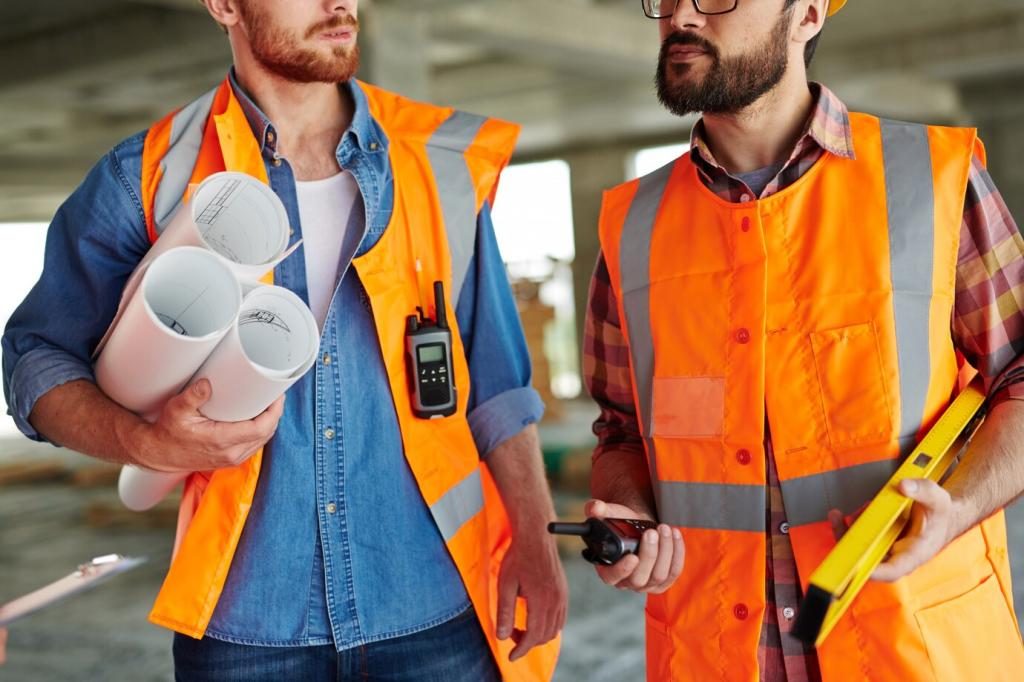
Fire-Resistant Qualities in Home Safes: What Really Protects Your Treasures
Chosen theme: Fire-Resistant Qualities in Home Safes. Explore how ratings, materials, placement, and care work together to safeguard documents, data, and heirlooms when temperatures surge and seconds matter.
How Fire Ratings Work in the Real World
Decoding UL 72 and ETL Certifications
UL 72 and ETL certifications indicate how long a safe keeps its interior below critical temperatures. Class 350 protects paper; Class 125 shields magnetic media. Look for hour ratings plus drop and explosion tests, then tell us which label yours carries.
Minutes on a Label Versus Minutes in a Fire
Lab furnaces follow standard time–temperature curves, but house fires vary wildly with fuel load, ventilation, and response time. Choose a rating with comfortable margin and location advantages, then comment with your local risks and why they matter.
Paper, Photos, and Digital Media Need Different Limits
Paper chars around 350°F, while hard drives and tapes degrade near 125°F and high humidity. If you store media, consider a media chest inside your safe, and subscribe for our upcoming checklist on hybrid protection setups.
Materials That Fight Heat
Many premium bodies use concrete-like composite with vermiculite, perlite, and fibers, forming a heat sink that slows temperature rise. Ask your manufacturer for density specs, and share if you can feel substantial mass when you nudge the door.
Materials That Fight Heat
Multiple layers of fireboard or Type X gypsum release steam as they heat, absorbing energy through endothermic reaction. Overlapped seams and staggered layers matter; tell us how many panels your safe uses and whether documentation confirms construction details.
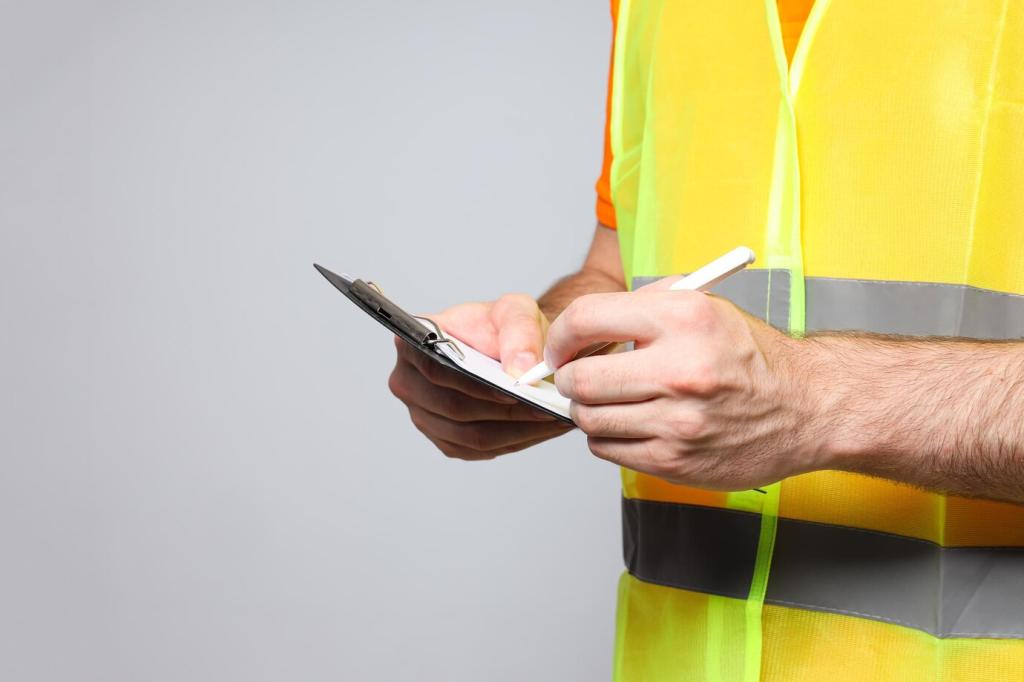
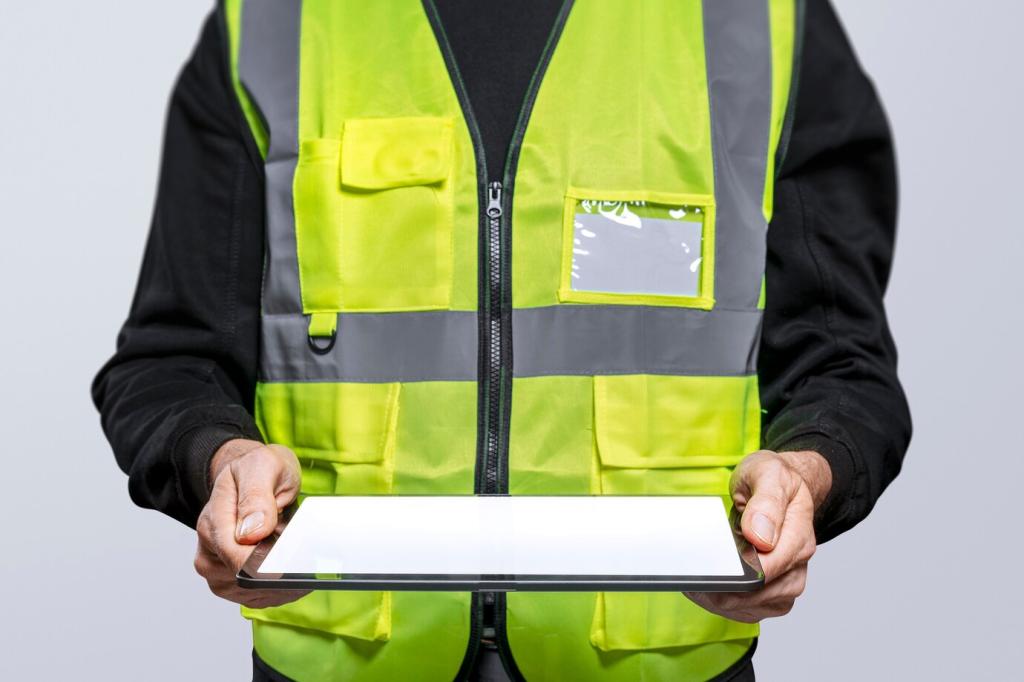
Placement Strategies That Boost Fire Performance
Stairwells, vaulted entries, and attic accesses channel heat like chimneys, accelerating temperatures. Place safes away from vertical shafts, preferably on a concrete slab, and comment with a photo sketch of your planned spot for community feedback.
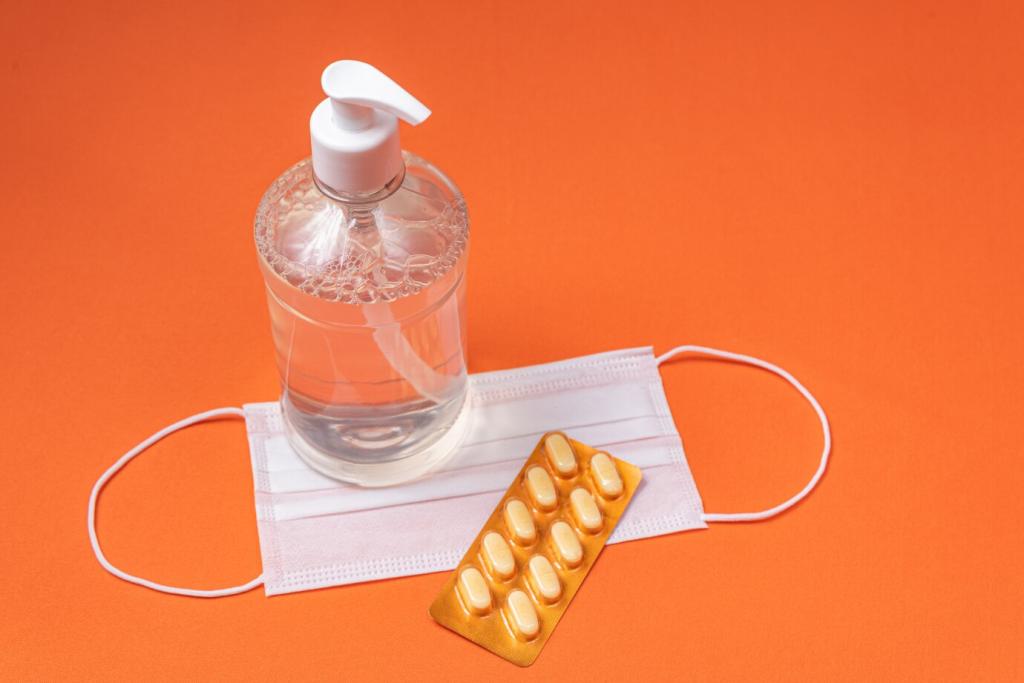
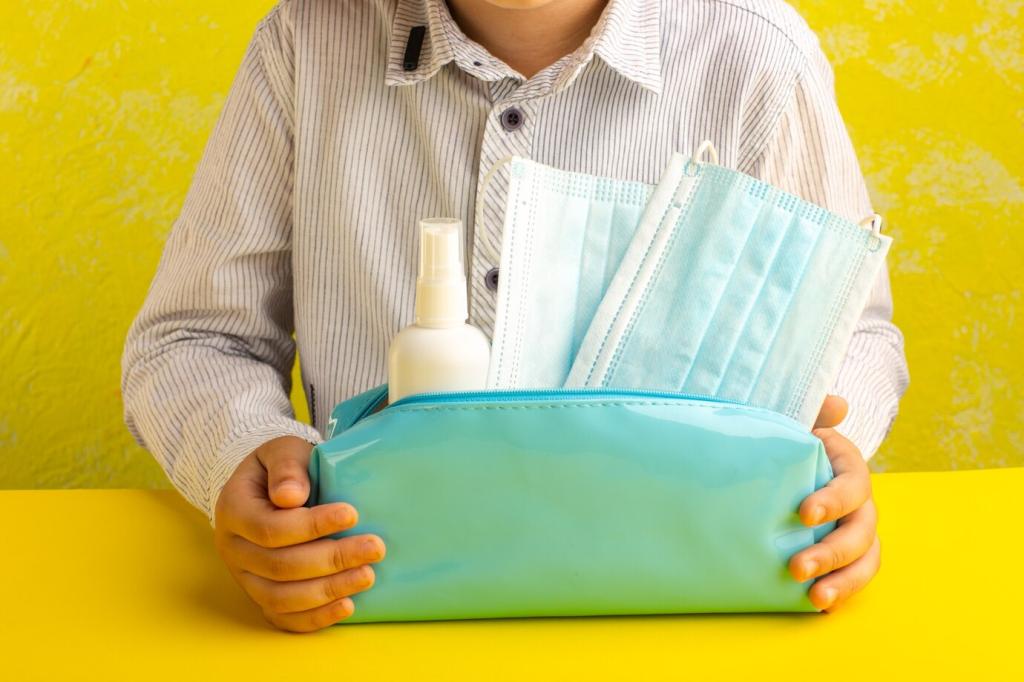
Stories From the Ashes
After a range fire flashed to cabinets, Marta’s hallway safe with a one-hour Class 350 label stayed cool enough for passports and photos. She emailed us a soot-blackened snapshot; readers replied with encouraging notes and asked about her sealing strips.
Stories From the Ashes
A couple evacuated during a wind-driven wildfire, then returned to a scorched deck and singed siding. Their interior closet safe survived, preserving titles and a hard drive. Comment if you keep a grab-and-go envelope for urgent departures, and what’s inside.
Choosing the Right Fire-Resistant Safe
Do you live near brush, cook frequently, or share walls in a multifamily building? Each risk nudges target ratings. Post your short profile, and we’ll reply with hour recommendations and whether to prioritize Class 350 or a media-rated insert.
More insulation means thicker walls and smaller interiors for a given exterior size. Bring a cardboard mock-up to test capacity at home, then comment with measurements; we’ll share storage tricks that keep airflow spaced around vulnerable items.
Third-party labels beat marketing claims. Ask for the actual UL 72 or ETL report number, and note if the model changed materials. If documentation seems vague, tell us; we’ll crowdsource clarity from readers who own the same safe revision.
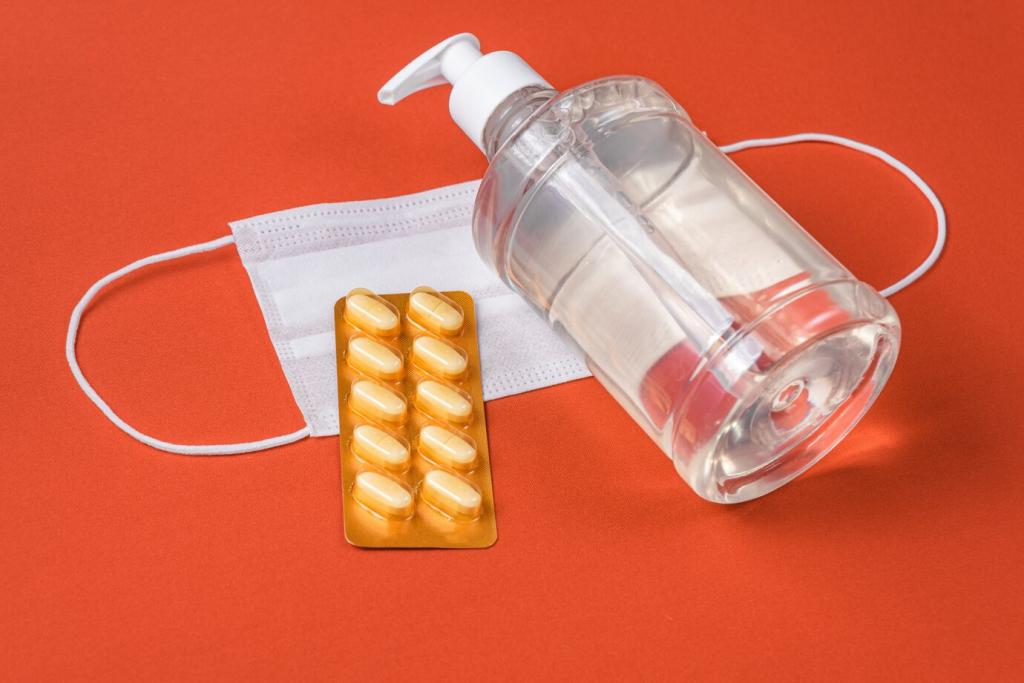
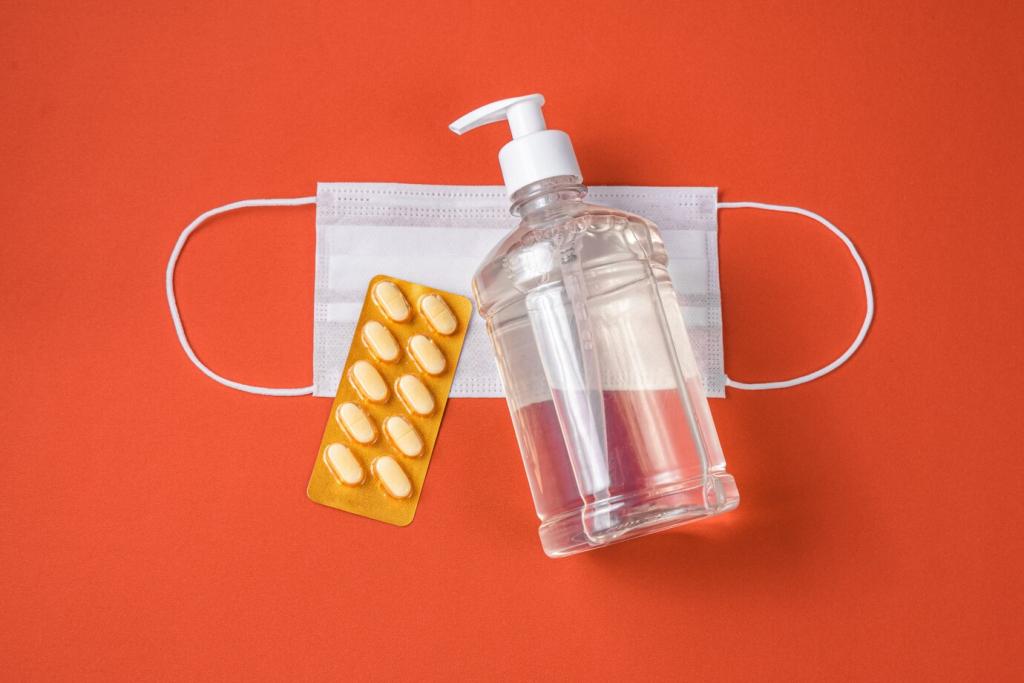
Tests You Might Not Know
After heating, a safe may be dropped from multiple stories to mimic collapsing floors. Doors can jar open if bolts or frames distort. Ask whether your rating included a drop; then share your take on realistic worst-case scenarios at home.
Care, Maintenance, and Readiness
Twice a year, check door alignment, paint blistering, and gasket continuity. Photograph issues and contact support quickly. Post your findings in the comments; we’ll reply with manufacturer contacts and a printable maintenance log you can tape nearby.


Care, Maintenance, and Readiness
Desiccant canisters or low-heat dehumidifiers help during seasonal swings. Replace or recharge desiccants on schedule, and avoid trapping wet papers. Tell us which solution you use, and we’ll feature field-tested options from readers in next month’s roundup.
